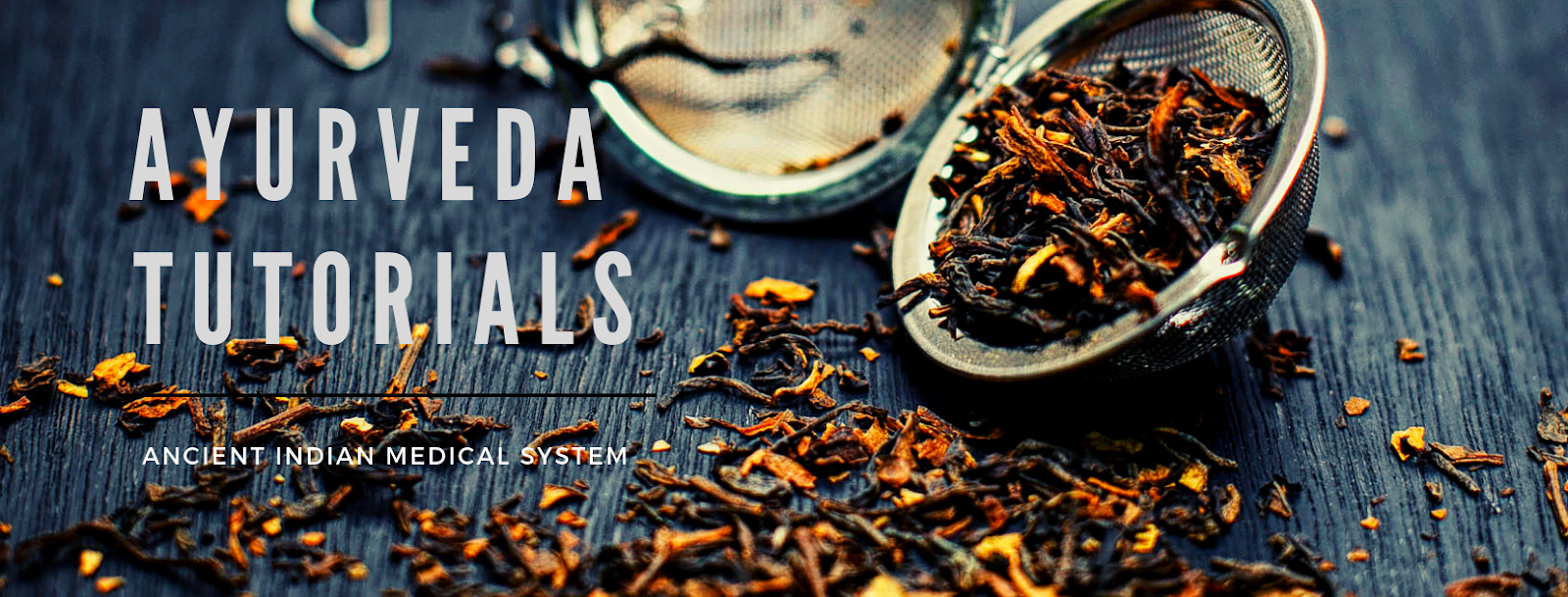Ayurveda
"knowledge of longevity" is the earliest medical system in
the world. It is as old as the universe itself. The origin
of Ayurveda is considered to be divine, from the demigod Brahma who
is overseer of the Universe. He taught this knowledge to other
demigods.
Even
though Brahma taught Ayurveda first, Lord Dhanvantari became father
of Ayurveda, since he was the first divine incarnation to
impart its wisdom among human race.
It
is written in the Vedic texts that, “One who remembers the name of
Dhanvantari is released from all disease.”
The
practice of Ayurveda is based upon the knowledge gained from the
sacred books Vedas which were revealed more than 10000 years ago.
There are four Vedas:
1.
Rigveda – the oldest book in the world. It contains hymns
and prayers in the worship of the universal forces called demigods.
2.
Samaveda – contains rules how to chant mantras or prayers
according to mystic vibrations.
3.
Yajurveda – describes how to perform rituals.
4.
Atharvaveda – describes many kinds of worship and
invocations. Ayurveda is classified as one of the Upavedas – a
subsection attached to the Atharvaveda. Atharvaveda describes 293
herbs with healing properties and deals with injuries, fertility,
sanity and their treatments.
Atharvaveda
has formed the basis for developing Samhitas. Samhita means the
authentic text on a particular subject.
Charaka Samhita:
Charaka
Samhita is the most ancient and authoritative Ayurvedic text still in
existence written by sage Charaka between 6th and
3rd century B.C.
 |
| Photo by Alokprasad,Balajijagadesh |
Charaka
Samhita is divided into 120 chapters that deals with fundamental
principles of Ayurveda, etiology, anatomy, physiology, medicines,
prognostic signs and symptoms, treatment of diseases, medical
qualities of 100000 herbal plants, formulations and administration of
elimination therapy etc.
Sage
Charaka also prescribed an ethical charter for medical practitioners
two centuries prior to Hippocratic oath.
Charaka
samhita is studied by students of Ayurveda all over the world. There
is no way to learn Ayurveda properly unless you learn it from the
original texts.
Sushruta Samhita:
Sushruta
Samhita describes science of surgery written by sage Sushruta around
6th century B.C. He is referred to as the Father
of the surgery.
 |
Photo by Alokprasad |
Sushruta
Samhita contains 120 chapters and describes more than 300 kinds of
surgeries and 125 surgical instruments. It deals with anatomy,
toxicology, embryology, humoral theory, psychiatry, anesthesia,
physiological process of blood circulation, preservation of dead
body, plastic and prosthetic surgery, Cesarean section, setting of
compound fractures, dental, eye, ear and brain surgery.
Sage
Sushruta was the first surgeon who described diabetes, angina,
obesity, anatomical structure of the eye and rhinoplasty (nose
surgery). He invented the method of transposition of a forehead flap
to reconstruct amputated nose. Amputation of the nose was a common
form of punishment in that era.
 |
| Photo by Kaviraj Kunja Lal Bhishagratna |
125
surgical instruments were made of stone, wood, metal and other
natural materials. His students were expected to study for at least 6
years. Only Brahmins were practicing physicians. Brahmin is the highest of the four castes. This caste included priests and spiritual teachers. Visiting the sick,
collecting herbs, preparation of medications, memorizing the Vedic
texts of Ayurveda, performing procedures on dead animals, practicing
excisions on fruit and vegetables and bandaging on full sized human
figures made of clay were part of the training.
Techniques
written in Sushruta Samhita are still used in Western medicine today.
Vagbhata:
Vagbhata
was a famous Ayurvedic physician from 4th century
A.D. who wrote Ashtanga Hridayam and the Ashtanga Sangraha. He has
summarized both Charaka Samhita and Sushruta Samhita in 150 chapters
and gave equal importance to all eight branches of Ayurveda.
All
the texts state the average human life to be 100 years.
In
the 6th century B.C. Ayurveda had spread to Tibet,
China, Mongolia, Korea and Sri Lanka, carried over by the Buddhist
monks traveling to those lands. Traditional Chinese Medicine,
herbology and Buddhist philosophy were impacted by Ayurvedic
knowledge.
In
the 1800s the British invaded India. They destroyed many Ayurvedic
book and closed all Ayurvedic schools and hospitals. In place of the
Ayurvedic hospitals, western medical hospitals were established.
1947
India gained independence and Ayurvedic schools and hospitals
re-opened. Even today Ayurveda is widely practiced on the Indian
subcontinent — more than 90 percent of Indians use some form of
Ayurvedic medicine.
Interest
in the Ayurveda in the West began in the mid 1970's as Ayurvedic
doctors from India began visiting the U.S.
In
the year 1987 Ayurveda has been recognized by World Health
Organization as alternative system of medicine.
Author: Ayurveda Tutorials


Very good website, thank you.
ReplyDeleteOdia Novel Book Arabya Rajanira Ajana Kahani
Order Odia Books
Odia Books Online